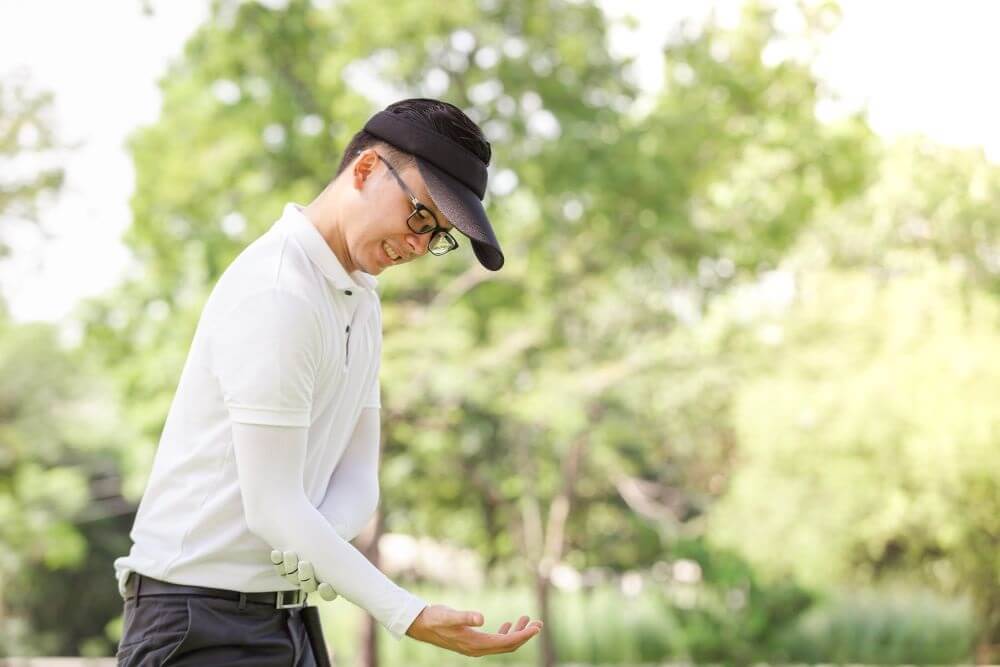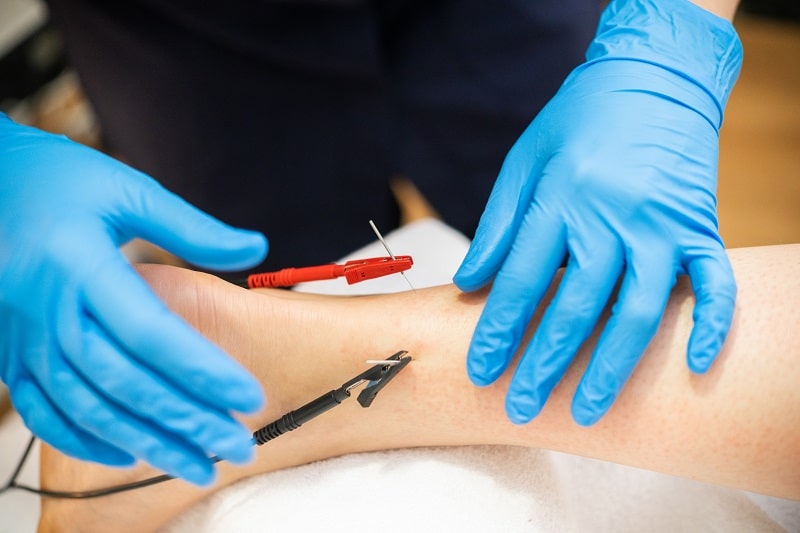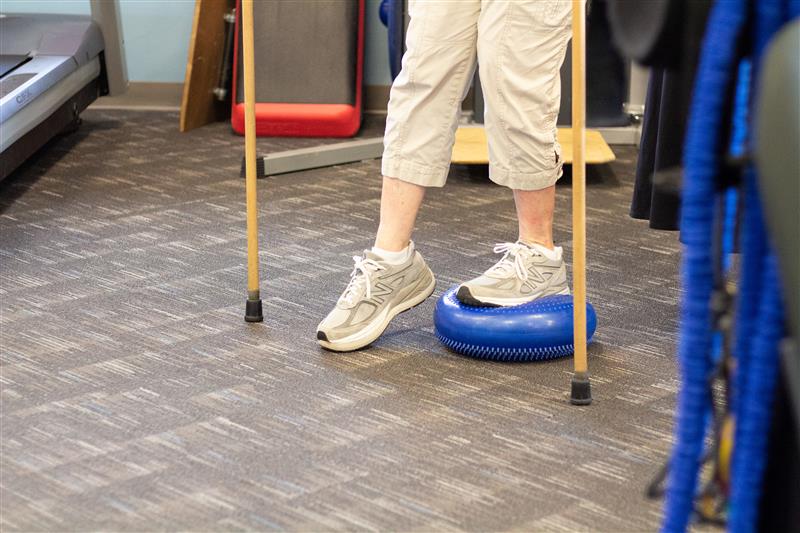By Sarah Wannlund PT, DPT ProActive Northwest
Dry needling, also known as trigger point dry needling, is a therapeutic technique that involves inserting thin, solid needles into myofascial trigger points, which are taut, painful nodules that form in muscles. Unlike acupuncture, dry needling does not affect the injection of any substance.
How Does Dry Needling Work?
Dry needling stimulates the release of endorphins, which are the body’s natural painkillers. It also helps reduce inflammation and improve muscle function.

What Conditions Can Dry Needling Treat?
Dry needling is a safe and effective treatment for a variety of musculoskeletal conditions, including:
- Muscle pain and spasms
- Myofascial pain syndrome
- Neck pain
- Low back pain
- Tennis elbow
- Golfer’s elbow
- Patellofemoral pain syndrome
- Hip pain
- Temporomandibular joint (TMJ) disorders

What to Expect During a Dry Needling Treatment
During the treatment, the practitioner will insert several thin needles into your trigger points. You may feel a twitching or tingling when the needle is inserted. Most patients experience an ache or muscle cramping. When the muscle spasms, it essentially “resets” the muscle, similar to turning your computer on and off when it’s been frozen on the same screen. This muscle “reset” can help an over-active muscle “quiet down” and also allow an under-active muscle to “work harder” by stimulating the muscle and underlying nerves.
Many therapists will also use an electrical stimulator attached directly to the needles to elicit a twitch response. Some frequencies of electrical stimulation have been studied and can cause an increase in endogenous opioid production, which can further decrease pain.
After the treatment, you may experience some soreness or bruising, but this is usually mild and short-lived. You may also feel some relief from your pain immediately after the treatment.
How Many Dry Needling Treatments Do I Need?
Patients will commonly demonstrate an immediate change in flexibility, strength, or pain after just one treatment; however, it is expected that multiple treatments are required to retrain a dysfunctional neuromuscular system. Your physical therapist may also prescribe specific stretches and exercises around your dry-needling treatments to maximize effectiveness, change dysfunctional movement patterns, and, most importantly, relieve pain so that you can return to the activities you love to do.
If an injury or nagging pain stops you from your favorite activities, ProActive therapists can help manage your pain. Come in for a complimentary injury assessment, and we will determine if dry needling should be part of your treatment plan.



